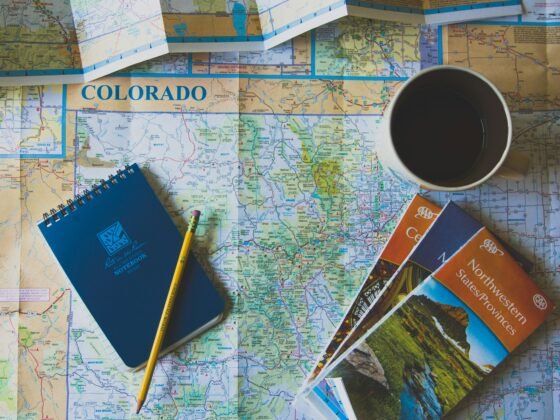Over 50 million travellers explored Italy last year, but intrepid travellers that dare to travel off the beaten will discover a more authentic Italy. Experience invigorating hikes amongst the sprawling national parks teeming with endemic wildlife; explore the beautiful crystalline lakes up close; and sample the rich gastronomic delights that vary remarkably from region to region. This is the real Italy.
National Parks
Some of the finest aspects of nature can be witnessed in Italy’s national parks. The National Park of Circeo gets its name from Mount Circeo and gives visitors the chance to explore some of Lazio’s picturesque coastline. Travellers who plan to spend some time in the northern part of Italy near the French border can hike and climb the magnificent snow-capped peaks found in the Gran Paradiso National Park. The dramatic volcanic eruptions of Mount Etna can be seen by visiting Etna National Park in Sicily. The Stelvio National Park was established as a plant life and wildlife refuge and is home to indigenous animals such as mountain goats, foxes and jackrabbits.
Historic Sites
Italy boasts several UNESCO World Heritage Sites that are well worth visiting. Verona is an ancient city known for its old-world architecture and also served as the setting for some of William Shakespeare’s most famous plays. Founded in the first century BC, the city of Verona was awarded UNESCO status in 2000.
Pompeii, which is located near the city of Naples, dates back to the days of the Roman Empire and was largely destroyed when Mount Vesuvius erupted on 24 August 79 AD. The Roman settlements of Pompeii and Herculaneum were buried under mounds of lava and ash and the culturally rich artefacts were included on the World Heritage List in 1997.
The Sassi of Matera in the region of Basilicata is an ancient settlement consisting of homes and churches carved out of rocks and feature some of the best examples of rock art. Stay at a local villa to place yourself at the very heart of the action, more details on www.qualityvillasitaly.co.uk
Pisa’s Piazza del Duomo consists of iconic structures such as the Leaning Tower of Pisa (aka the campanile), the Campo Santo, and the Baptistery of Saint John. Collectively these four monuments form one UNESCO site thanks to its significant influence on Italian art from the 11th to 14th centuries.
The Historic Centre of Rome is arguably the country’s most popular UNESCO World Heritage Site in the world and features iconic structures such as the Colosseum and Saint Peter’s Basilica. Rome is a perennial tourist spot – and for good reason!
Gastronomy
Italy has long been known for its delectable cuisine options. Many of the local dishes are surprisingly healthy and not too heavy for most diners’ palates. Most of the pizza that is found in local restaurants is made on a thin crust and is topped with salami, mushrooms, and a red pepper known as peperoni. Many of the pasta dishes are made with a red sauce that is milder in flavour. Other popular dishes that visitors can try include the Modenese pork chops, Italian sausage soup, and Bolognese stuffed bell peppers. Cannoli, tiramisu and biscotti are just a few of the local desserts that are worth trying. The local wines are also highly recommended and by opting to stay a local guesthouse or villa, you’ll be close to restaurants and bars so you won’t have to drive or rely on taxis.
Lakes
Some of the world’s most beautiful lakes can be found throughout Italy. Lake Como, which is located in the Lombardi region, offers spectacular views of the surrounding Italian Alps and has long been known as a retreat for the rich and famous. Lake Garda is the largest lake in Italy and is an ideal place to go boating and fishing on a hot summer’s day. Ancient castles and old ruins still stand around Lake Trasimeno in Umbria. Lake Bolsena is a crater lake situated less than two hours from Rome and is known for its exquisite nearby gardens and tranquil ambiance.
Getting Around
The country’s efficient transportation network makes it easy to visit the top places. High-speed trains travel between Rome, Florence, and several other major cities. Visitors who would like to travel by car can drive along the Strada Statali highways. Many of Italy’s large cities and small towns are also easy to navigate by bike or simply by walking.












